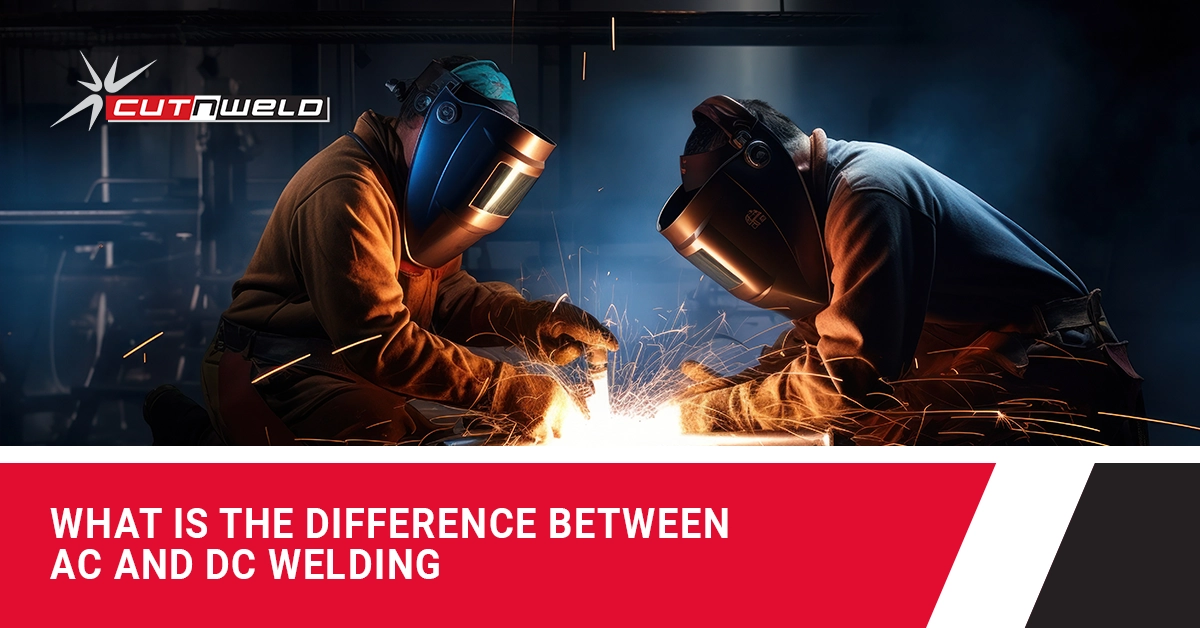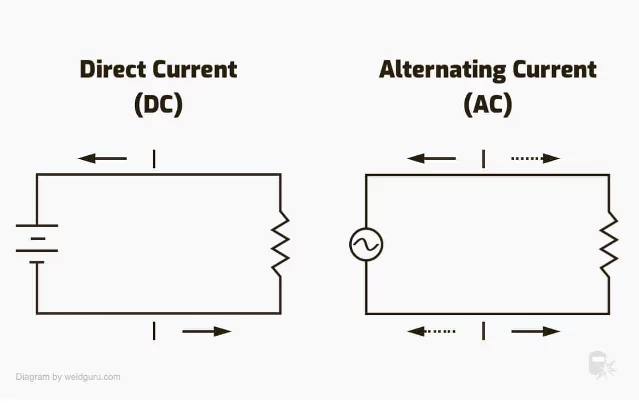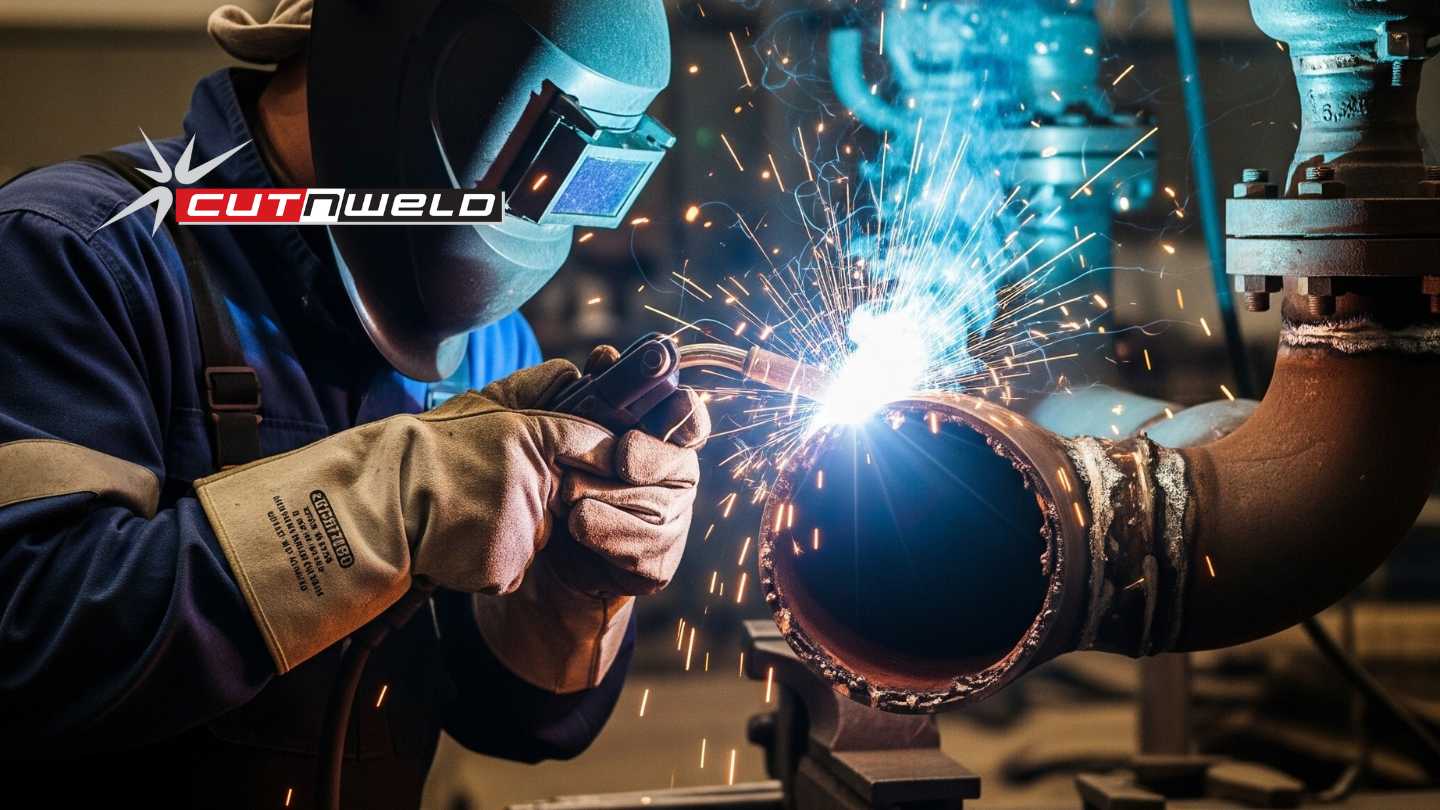
Different Types of Nozzles Used for Cutting Torches
Unlock the secrets to achieving clean, efficient cuts with the right cutting torch nozzle! Whether in construction or manufacturing, the right nozzle enhances quality and safety. Explore our guide to learn about essential nozzles, their features, and how to choose the perfect one for your needs. From acetylene to propane, optimize your cutting process and elevate your craft. Don’t let poor choices lead to mistakes—discover cutting torch nozzles with us today!





